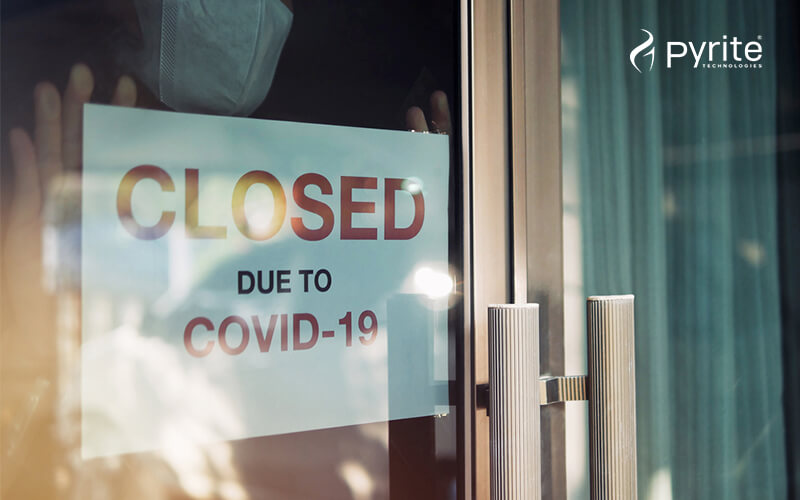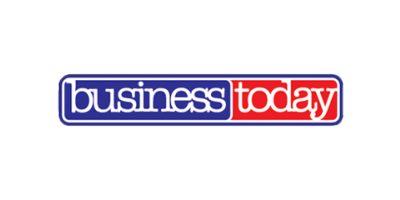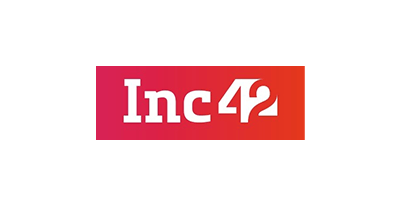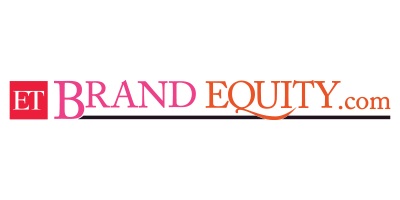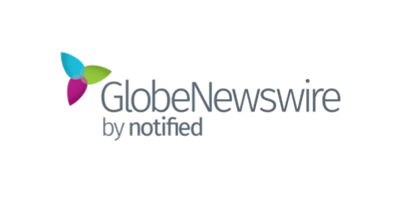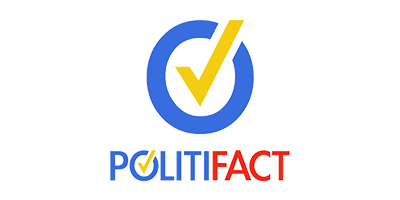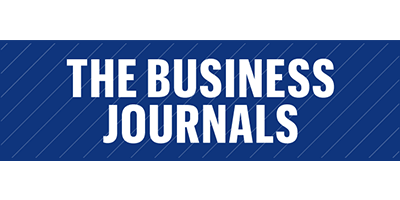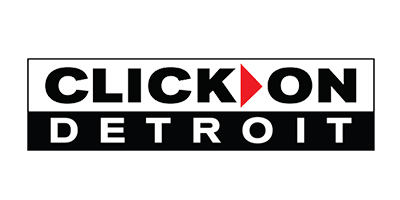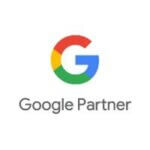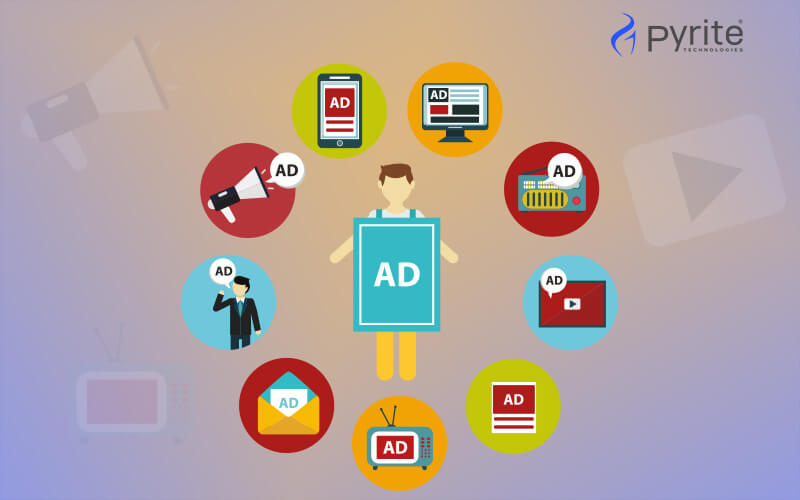
Table of Content
- What is Paid Advertising
- Benefits of Paid Advertising for Digital Marketers
- Paid Advertising Trends 2024
- PPC Automation
- AI-Powered Campaigns
- The Emergence of Target CPA
- Audience Targeting
- Ads Data Hub
- Voice Search Ads
- Visual Search Ads
- Collaborative Filtering
- SEO and PPC Integration
- YouTube Masthead Ads
- Smart Segmentation
- In-Game Display Ads
- Authenticity in Social Media Ads
- Dominance of Amazon Paid Ads
- Bing Ads
- Conclusion
Google Ads budget ranges between USD 150-180 on average. Paid advertising on digital media can be anywhere from USD 0.05 to 10 per click. Even though the price per click might not seem over the top for your monthly budget, the end expenditure will weigh heavily if outcomes are less compared to your projections. That being said, directly connecting with prospects ready to convert gets exceptionally challenging since the latter has already been spoiled with choices. And organic traffic through search engine optimisation takes time to deliver profitable results. Therefore, given the time crunch for most brands to grab business before their competitors do, paid advertising is the only option to go ahead.
Even then, the online marketing game is no easy code to crack. With numerous changes and updates being rolled out to search algorithms and new trends popping up now and then, advertisers have to upgrade their performance marketing strategy all the time. This includes keeping up with the latest paid advertising trends.
What is Paid Advertising – A Brief Rundown
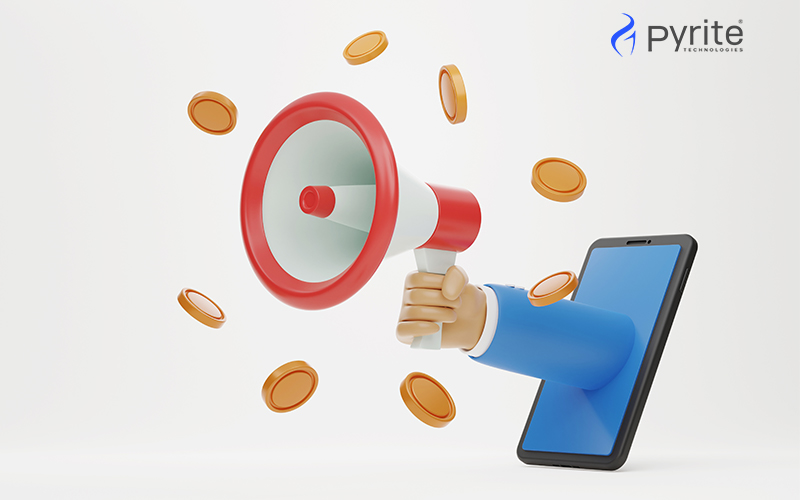
Paid advertising involves advertisers competing in real-time auctions to display their ads within designated spaces on a particular platform or network. Typically, shopping ads and text ads are both made visible, illustrating the products/services for sale using this advertising method, also known as biddable media or Pay-Per-Click (PPC) advertising. With PPC, payment is typically made for each click on the ads.
The majority of platforms that offer paid advertising services rely on algorithms to conduct real-time auctions and determine which ad gets placed in an available online slot. The criteria for selection often blend the bid amount with ad quality, though these specifics can differ across platforms. While platforms might not always disclose their criteria transparently, numerous other variables play a role.
Ads encompass diverse formats like text, images, videos, and beyond. Many platforms now provide automated support for ads that align with your objectives. Their algorithms detect an extensive array of signals beyond human processing capabilities, making it more efficient to delegate ad selection to them.
Targeting options generally fall into two primary categories:
Search Ads: These are activated when someone actively searches for specific keywords, typically appearing on Search Engine Results Pages (SERPs) to address queries.
Display Ads: These ads are triggered by individuals meeting specific targeting criteria like demographics or interests. They often display while someone is browsing the web or using an app and may be considered interruptive.
Depending on the platform, these categories might blend, allowing for mixed targeting approaches. However, it’s advisable to analyze their performance separately whenever possible.
A point to consider: Search ads commonly outperform display ads due to being less disruptive, warranting individual scrutiny for better assessment.
Statistics attest to the above statement. “The average CTR for Search Ads is 3.17%, while Display Ads have an average CTR of 0.46% across industries.”
There are other forms of paid advertising as well, which are equally if not less popular compared to the ones mentioned above. You are probably familiar with them but here is a list to brush up your knowledge:
Social Media Advertising: Businesses have the opportunity to advertise on various social media platforms that resonate with their target audience. Each platform offers different ad formats and options. With the help of social media marketing tools, you can easily manage the paid deliverables and find more conversions from your network. The leading social media platforms offering paid advertising include Facebook, Instagram, LinkedIn, Snapchat and others.
Banner Advertising: Businesses have the option to pay to place a “banner” on webpages, typically positioned at the top, bottom, or sides. These banners are usually in the shape of rectangles resembling headers or footers.
Native Ads: Businesses have the option to invest in advertising on other websites that maintain a similar appearance and vibe to the “native” content found on their own site. They are also termed as sponsored ads.
Benefits of Paid Advertising for Digital Marketers
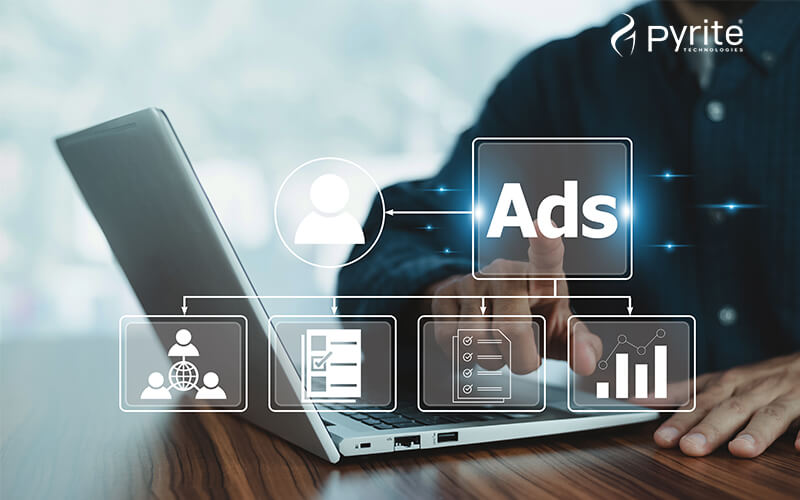
Paid advertising is deemed one of the most promising methods to get conversions. The evidence lies in the prediction that digital ad spending will reach USD 272 billion by 2027. Besides garnering a higher ROAS (return on ad spend), paid search advertising brings a horde of other benefits, such as:
Personalised Ads: About 91% of consumers agree that they prefer personalised communication with brands. Paid advertising allows marketers to generate personalised campaigns targeting a specific audience segment.
Targeted Messages: Given the preference mentioned above of customers, advertisers opt for ad campaigns, enabling them to curate messages focused on an audience’s demographics.
Trove of User Data: Paid search advertising agencies leverage these targeted campaigns to collect and analyze users’ online activities to optimise their future ads.
Competitive Search Results: Paid media can enhance your SEO strategy by targeting highly competitive search terms and pushing organic results further down the page. Display ads double your visibility, increasing the likelihood of clicks in search results.
Retarget Existing Visitors: Various online advertising platforms offer retargeting options based on diverse criteria. The existing visitors are further guided along the purchasing funnel by showcasing relevant ads and converting them.
Expand Brand Reach: Paid advertising offers a powerful means to extend your outreach to unfamiliar audiences through numerous targeting options and engaging them in ways that might not have occurred otherwise.
Understanding the Paid Advertising Trends 2024: As the year 2023 comes to an end, it’s time to revamp marketing strategies and stay ready to catch the early bird. A lot is happening in digital media, with new updates and changes in the paid search algorithms that guarantee more optimal results for businesses than witnessed before. Therefore, understanding the recent trends will help during the strategic planning, ensuring your ads drive more conversions and higher returns.
The following is a list of upcoming trends in paid advertising that are likely to dominate the online query market.
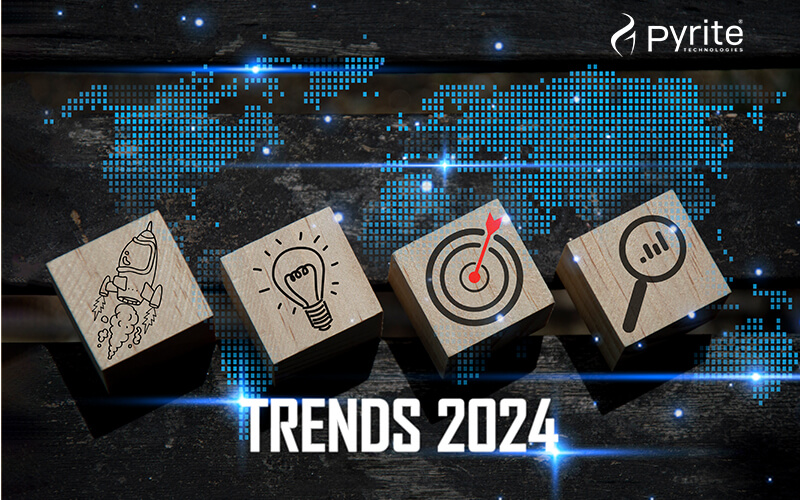
1. PPC Automation
Automated PPC strategies offer a potent solution to enhance campaign performance, with major players like Google dedicating substantial resources to expand their automation capabilities. With precise conversion tracking, crafting compelling ad copy, and meticulously pinpointing target audiences and keywords, you can leverage the automation tool effectively. Through task delegation, workloads are streamlined, and costs are reduced, allowing your team to concentrate on other impactful endeavors.
2. AI-Powered Campaigns
The manner in which Artificial Intelligence is being developed is likely to encompass the entire world by 2030. By integrating the same cutting-edge technology into PPC campaigns, you can forecast forthcoming ad click-through rates, pinpoint optimal bids for increased traffic, and assess a customer’s probability of conversion. The insights are intelligently harnessed to evaluate audience behavior and roll out targeted ads in order to augment the overall effectiveness of PPC campaigns.
3. The Emergence of Target CPA
It goes without saying that manual bidding methods have fallen into disfavor. Expectedly, smart bidding techniques are bound to gain increased potency in 2024 and become more widespread in their application. Smart Bidding represents a machine learning-driven automated bidding framework. It leverages machine learning to fine-tune conversions and their values within auctions. And target CPA is the ideal bidding strategy, operating as a computerized bid strategy geared toward maximising conversions or desired customer actions. By setting a preferred average cost per conversion, Google Ads utilises this target to determine bid values based on the ad’s likelihood to convert.
Consequently, if you have a clear understanding of a conversion’s value (such as a phone call or form submission), you can designate it as the CPA target. With sufficient data garnered from running ad campaigns over a period, Google’s algorithm discerns the most optimal Target CPA, often suggesting marketers enable the auto-apply feature for “Adjust CPA Targets Automatically” within your recommendations list.
4. Audience Targeting
A recent addition to Google Ads is the incorporation of target audiences, allowing for precise control over who views your ads. Leveraging this feature maximises the efficiency of your ad budget. With audience targeting, you can specify criteria like age groups or household income that align with your product’s target demographic. Additionally, you have the flexibility to set ad preferences to exclude audiences that might not resonate with your service. This latest updates in Google Ads empower advertisers to layer audiences atop one another. This advanced capability enables the fusion of keyword targeting with demographic targeting, resulting in highly tailored ads that resonate exceptionally well with specific audiences.
5. Ads Data Hub
Ads Data Hub aims to deliver an expansive reporting and measurement system, aiding clients in comprehending the efficacy of their ads across various screens. This serves as a valuable resource, especially considering Google’s recent announcement about discontinuing third-party pixel tracking on YouTube due to security apprehensions.
6. Voice Search Ads
Voice search advertising hasn’t quite reached mainstream adoption. However, the escalating technological advancements open hopes for the near future. The main perks about voice search paid ads are competitive edge and increased successful matches. Additionally, enhancing FAQ pages by incorporating ‘long-tail’ keywords positions you favorably for success in voice searches.
7. Visual Search Ads
Visual search operates by utilising an image instead of text as the search input. For instance, if you snap a photo of a vase you fancy, the visual search will generate links for purchasing it. With the increasing demand for swift results, visual search significantly accelerates the process of finding precisely what individuals seek, surpassing the speed of typing in descriptive phrases like “blue vase with painted white flowers.”
8. Collaborative Filtering
Collaborative filtering involves grouping users with similar tastes or preferences. It indicates potential shared interests. Filtering can encompass various factors like age, interests, location, and more to direct users towards content most likely to resonate with them. Collaborative filtering tailors content based on a user’s recent likes, browsing history, or current trends. This personalisation ensures websites remain engaging, fresh, and pertinent to individual users.
9. SEO and PPC Integration
PPC and search engine optimisation are interconnected strategies that yield superior outcomes when combined. This trend is likely to continue in the future, according to experts. The process involves scrutinizing your most successful ad copy and crafting content and blog posts to elevate your search engine ranking. It further enables the targeting of competitor keywords by leveraging PPC Auctions Insights Reports and similar tools.
10. YouTube Masthead Ads
YouTube accumulates over 250 million hours of watch time daily on TV screens, marking it as the fastest-growing platform. The YouTube Masthead, a digital billboard featured on the homepage for 24 hours, extends its reach to TV screens, offering advertisers access to a broader audience. The Masthead automatically plays after a brief delay on all compatible devices, maximising visibility across platforms.
11. Smart Segmentation
Mobile apps are estimated to generate a total revenue of USD 935 by 2024 through paid downloads and in-app advertising. The smart Segmentation feature was rolled out in 2019 to allow gaming app developers to generate revenue from non-spending players. With the help of machine learning capabilities, audience groups are segmented based on their likelihood to spend money through in-app purchases.
12. In-Game Display Ads
Users are twice as likely to pay attention to in-game display ads than they are to generic ads on the Internet. For instance, the interstitial ads on mobile gaming apps are strategically placed at stopping points in the game, occupying 100% of the users’ screen. The increasing use of such paid advertising can’t be ignored further in 2024. Contrarily, reward ads appear as a means for users to continue gaming with added points, currency, or other game-related benefits for watching the whole video ad. And serial gamers are less likely to ignore such ads. As per statistics, such ads drive higher engagement rates and a $30 CPM. Big brands like Coca-Cola and Ford are investing heavily in these ads.
13. Authenticity in Social Media Ads
Gen-Zers and Millennials are waiting at the other end of the spectrum, looking for authentic messaging from brands and also in the ads they run. Therefore, marketers and other professionals are turning to social media to seek a balance between brand content and user-generated content conveying the human side of the brand. Influencer marketing, being one of the unique examples, allows brands to humanize their offerings. Also, companies can tap into their existing fanbase—usually in-house resources, to become social media advocates.
14. Dominance of Amazon Paid Ads
Amazon is rapidly gaining ground, emerging as the third-largest and swiftest-growing advertiser. Their ads are not only showcased on Amazon’s platform but also beyond it, contributing significantly to their ascent among online retailers. Buyer intent is the potential driver, giving Amazon Ads the edge over Facebook and Google. Contrary to the latter, Amazon capitalizes on perceived buyer intent, potentially resulting in lower conversion rates on the former platforms. Consequently, this discrepancy might imply spending more for less in terms of ad effectiveness.
15. Bing Ads
Bing has made a notable comeback! With renewed emphasis on ad inventory, data, and audience targeting capabilities, Bing has transformed into a formidable force. Formerly known as Bing Ads, it rebranded itself as Microsoft Advertising. Recent statistics reveal a substantial user base of over 1 billion people worldwide using Bing each month. Disregarding Bing in 2024 might come at a financial cost, given its growing significance in the digital landscape.
The Final Takeaway
Paid advertising undergoes continuous evolution. Therefore, marketing approaches should evolve accordingly to help brands stay competitive in the market. With emerging technologies ruling the online market, staying abreast of them has become a matter of life and death for brands. Companies should adhere to the best practices and constantly upgrade their strategies to remain relevant in the eyes of consumers.



